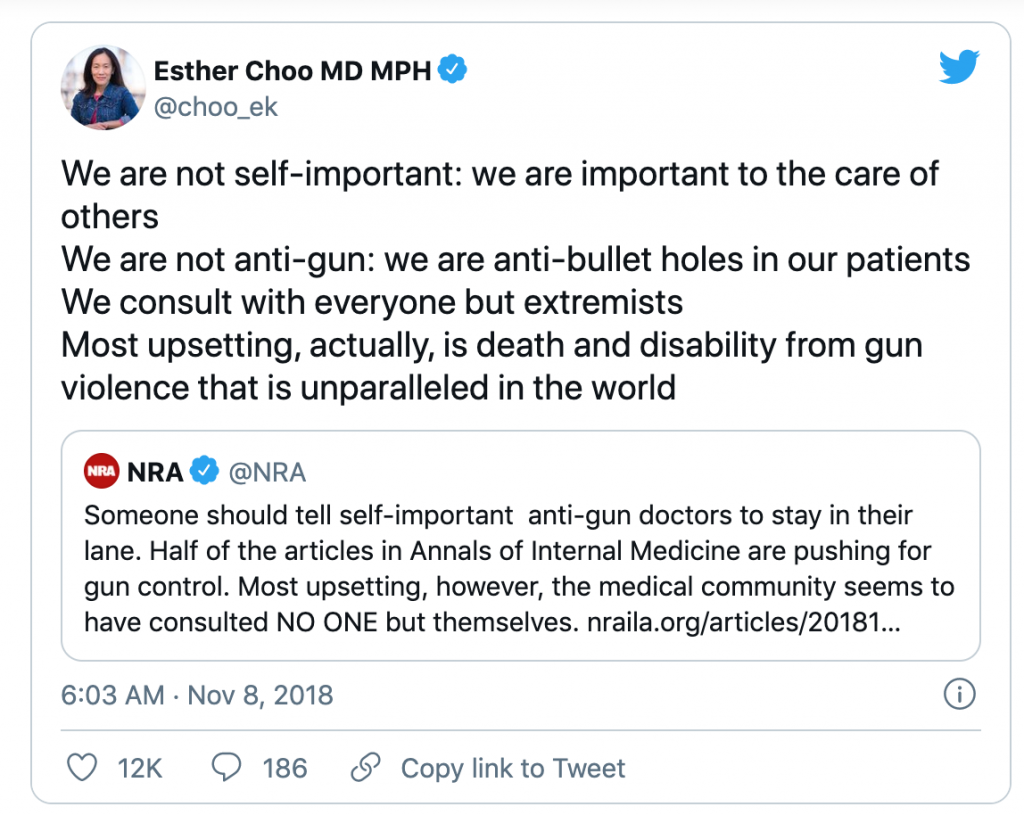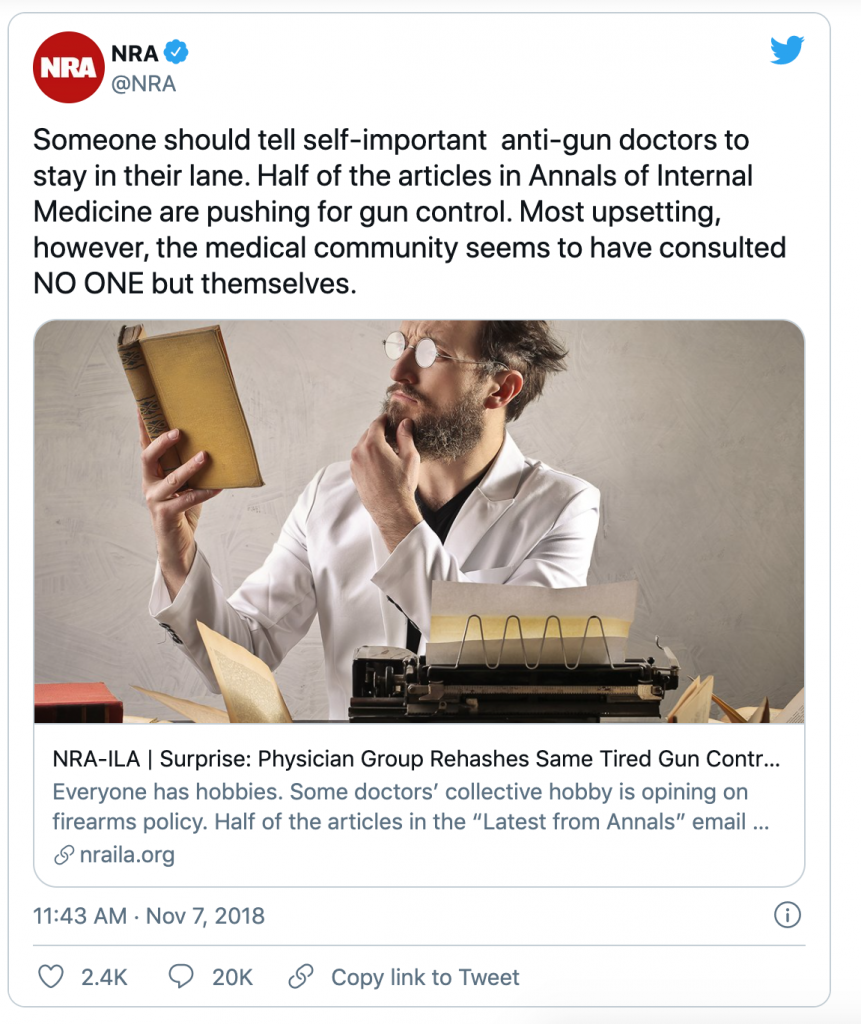
On my way to school, I turned on the radio only to hear about yet another mass shooting in my state. On Wednesday, May 26, an armed shooter killed nine people and then himself at a public transit rail yard that was his workplace in San Jose, California.1 The next day, a mass shooting in North Carolina resulted in 5 people injured;2 and even more recently, a mass shooting at a club in Florida caused 22 injuries and 2 deaths with multiple teenagers frantically calling their families to tell them they may not make it home.3 I recall the utter feeling of dread I felt on February 14, 2018, after hearing the stories of the Parkland school children in panic. Now, I have become numb and a day where there is no headline of a shooting is considered peculiar.
Between January and April 2021, there had been 178 mass shootings with 206 people dead and 693 people injured.4 Mass shootings have been a key topic in multiple political debate stages including the presidential debates of 2020. Mass shootings are often sensationalized and politicized. They make the headlines because they depict the innocence of people going about their day and getting killed or injured at the hands of another within seconds. The headlines seem to say, this could happen to you any day, any time, anywhere. These shootings, however, make up a small percentage of the total gun violence deaths in the United States, with more than 2/3 of gun deaths being suicides.5 In 2021, Brazil and the United States stood alone as the nations with the greatest number of firearm deaths: 46,215 deaths and 40,175 deaths, respectively.6
As a medical student and a person who was part of the routine school shooting drills in elementary and high school, firearm-related homicides and suicides are a grave concern given the tragedy and preventability of such deaths. In fact, physicians have become the key spokespeople when it comes to firearm violence prevention. In 2018, the American College of Physicians published a position paper regarding a public health approach to reducing firearm injuries and deaths; in response, the National Rifle Association scathingly tweeted, “Someone should tell self-important anti-gun doctors to stay in their lane.” Physicians took to social media to push back and the hashtag #ThisIsOurLane went viral.7
There are numerous articles in our nation’s most revered health journals that outline correlations that may help us understand the key to preventing gun violence including the following; (1) there is a higher risk of suicide or firearm-related deaths associated with firearm ownership, not only for the purchaser but also for others living in the household; and (2) states that have more lax firearm laws do not have reductions in crime rates and see higher rates of gun ownership as well as higher rates of gun deaths.8-11
There is also a general consensus among Americans that we need to do something about firearm-related injuries and deaths. One pushback comes from gun advocates who oppose data collection or criticize the current data analysis as pseudoscience. This includes some physicians.12 Another pushback comes from the NRA itself, which provides financial campaign support to state and federal candidates across the nation. Finally, there are those who believe a paternalistic government will come into their homes and remove their source of protection.13 The factions often use the Second Amendment as the justification for their arguments.
The debates are exhausting as it seems that our nation is more hyperpolarized than ever before. And as the shootings continue, the following quote rings in my mind:
“We don’t need more moments of silence to honor the memory of those who have been killed. We need to honor their memory by preventing a need for such moments.” – Dr. Taichman, et al. 14
Where do we go from here?
For one thing, towards the end of 2019, Congress finally appropriated $25 million towards gun violence prevention research at the Centers for Disease Control and Prevention (CDC) and the National institutes of Health.15 This means that we have a unique opportunity to redefine the problem and look for solutions. We need to understand the statistics in a more nuanced manner with more segmentation of data. We must also understand the associated factors such as criminal history, the role of drug and alcohol abuse, and the effect of mental illness as they relate to firearm violence. We must also look at the role of systemic racism in the context of predisposition to the committing of firearm violence and/or death from firearm violence. Finally, we must re-assess specific interventions and policies that prevent death and injury and discuss the external validity of such studies. As we move forward in the coming years, we must ensure that the studies are rigorously assessed through a gold standard. We must also stress the importance of marketing and advertising the data in a way that is appealing to a broad range of crowds.
In my opinion, the topic of mental health is one where we may be able to find common ground amongst all those who understand that firearm suicides and deaths are a serious issue that must be addressed. The strategy we choose could determine the outcome for millions of people down the road. As a future physician, I will be following these studies and having the tough conversations that seek a common ground to establish support for policies that prevent further future deaths.
Resources:


HPHR.org was designed by ComputerAlly.com.
Visit HPHR’s publisher, the Boston Congress of Public Health (BCPH).
Email communications@bcph.org for more information.

Click below to make a tax-deductible donation supporting the educational initiatives of the Boston Congress of Public Health, publisher of HPHR Journal.![]()